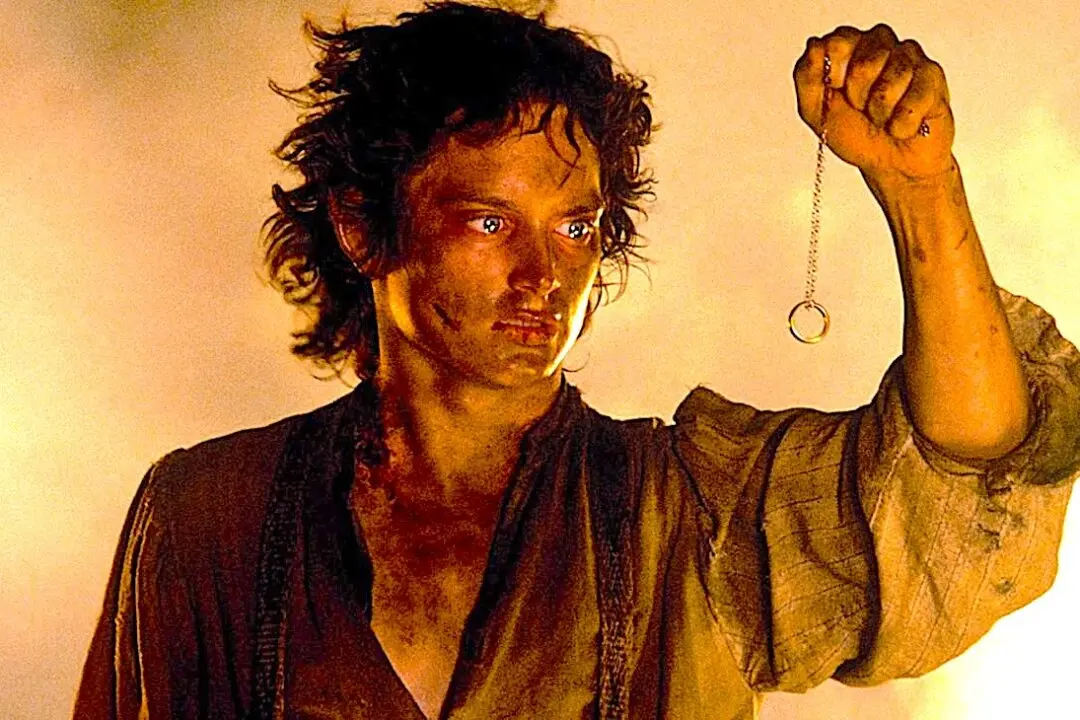“The eight plots all movies are based on?” You mean plots aren’t limitless? There’s not an endless supply of plots? No. There are only a small collection of plots in all of plot-dom, and everything else is merely permutations and combinations of them. According to Irish playwright Denis Johnston (1901–1984), there are only eight.
These plots can be presented in endlessly different forms—tragedy, comedy, farce, whodunit, and flipped and inverted—but they remain the building blocks of all story-telling in movies.





